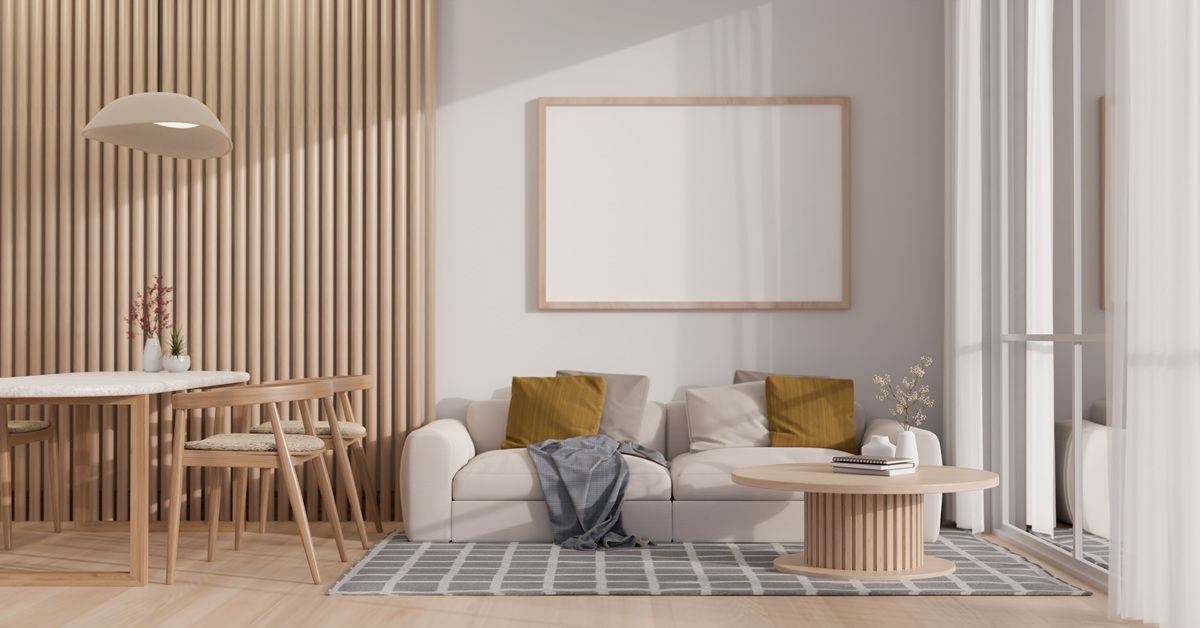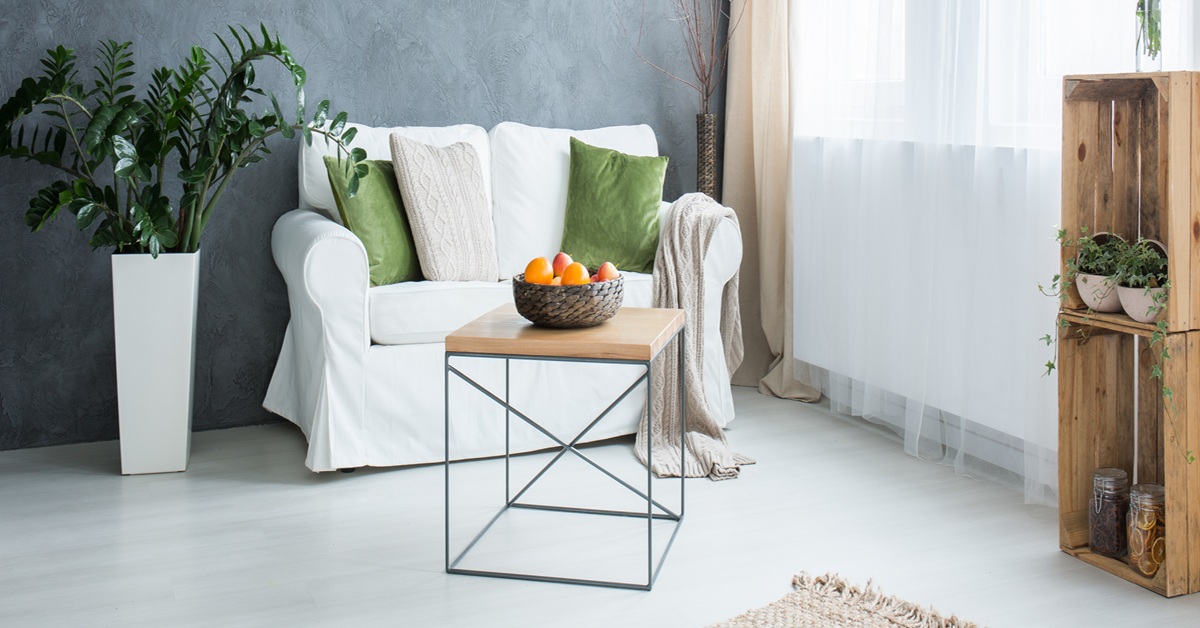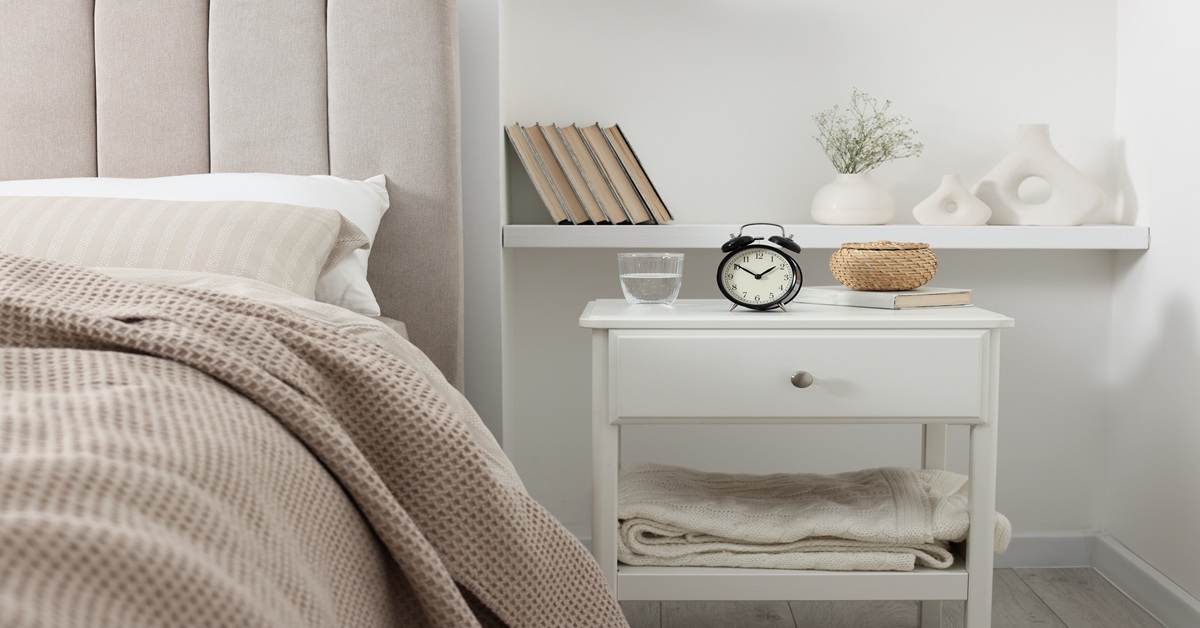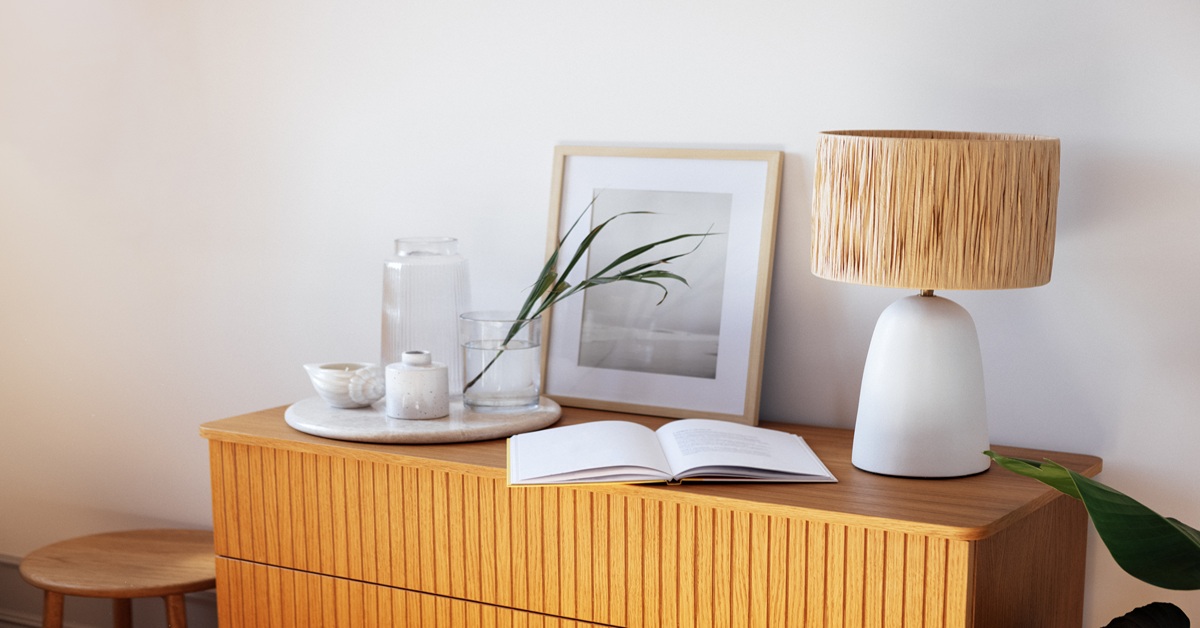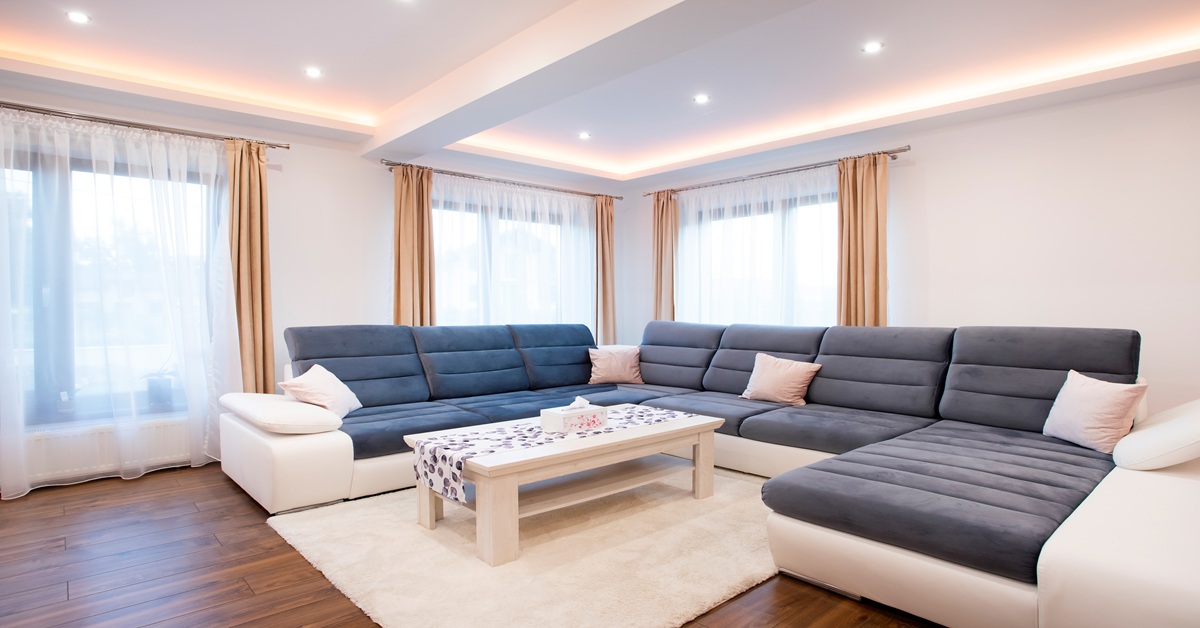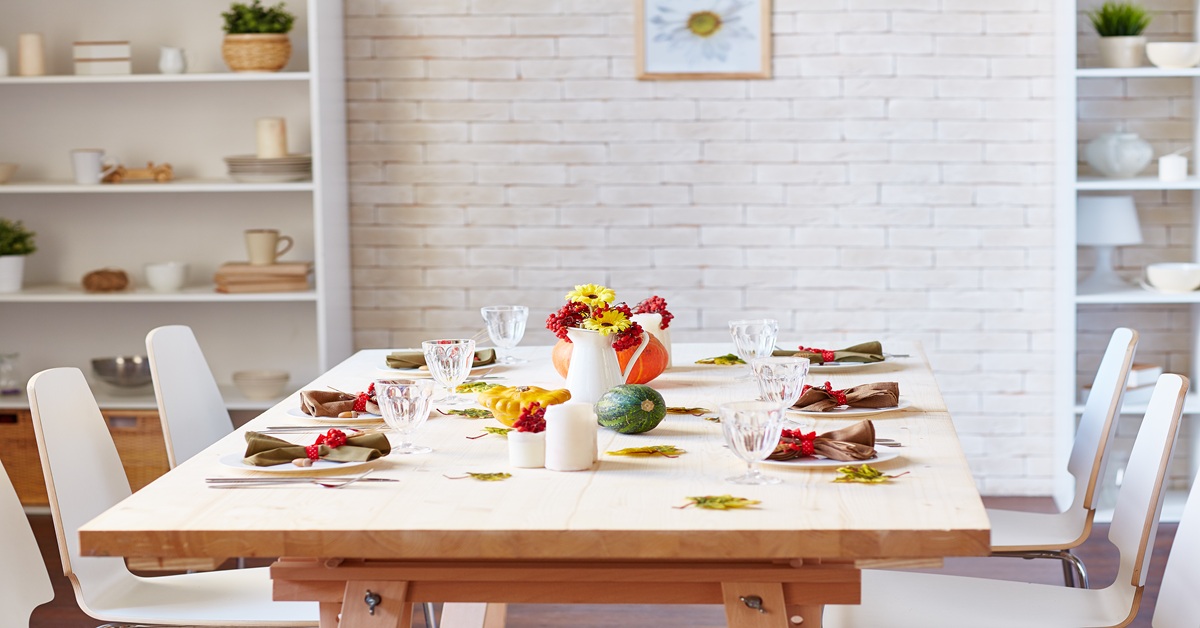Introduction
Plywood is an incredibly versatile building material used in various construction and woodworking projects. One of the critical factors that influences the success of these projects is choosing the right plywood size and dimension. Understanding the available sizes, thicknesses, and types of plywood can help ensure you select the best fit for your needs. In this guide, we’ll delve into the different plywood sizes and dimensions, their applications, and tips for choosing the right one for your project.
Table of Contents
ToggleUnderstanding Plywood Sizes
Plywood is typically sold in sheets with standard dimensions. The most common size is 4 feet by 8 feet (4×8), but there are other sizes available to suit different needs.
Standard Sizes:
- 4×8 Feet: This is the most commonly used plywood size, ideal for a wide range of applications such as flooring, roofing, and wall sheathing.
- 2×4 Feet: Smaller sheets are useful for smaller projects or when you need more manageable pieces for transport and handling.
- 5×5 Feet: This size is less common but is often used in specific industries, such as cabinetry and furniture making.
- 4×10 Feet: These larger sheets are used for applications that require fewer seams and joints, providing a smoother, more uniform finish.
- Custom Sizes: In addition to these standard sizes, some manufacturers offer custom-sized plywood to meet specific project requirements. Custom sizes can be particularly useful for large-scale commercial projects or specialised applications.
Plywood Thickness
Plywood thickness varies widely, and choosing the correct thickness is crucial for the structural integrity and performance of your project. The thickness of plywood is measured in millimeters or inches, and the most common thicknesses include:
1/8 inch (3mm): This thin plywood is typically used for lightweight applications like drawer bottoms, backs of cabinets, and craft projects.
1/4 inch (6mm): Slightly thicker, this plywood is suitable for use in paneling, backing, and some furniture parts.
3/8 inch (9mm): Often used for subflooring, this thickness provides a balance between strength and weight.
1/2 inch (12mm): This is a versatile thickness used in cabinetry, furniture, and some types of flooring.
5/8 inch (15mm): Commonly used for roof decking and subflooring, offering good strength and rigidity.
3/4 inch (18mm): One of the most popular thicknesses for heavy-duty applications like shelving, flooring, and structural panels.
1 inch (25mm) and above: Used for specialised applications that require significant strength and durability, such as industrial flooring and heavy-duty furniture.
Still confused about which plywood size to pick? Learn more about choosing the right plywood for your home or office projects today.
Types of Plywood
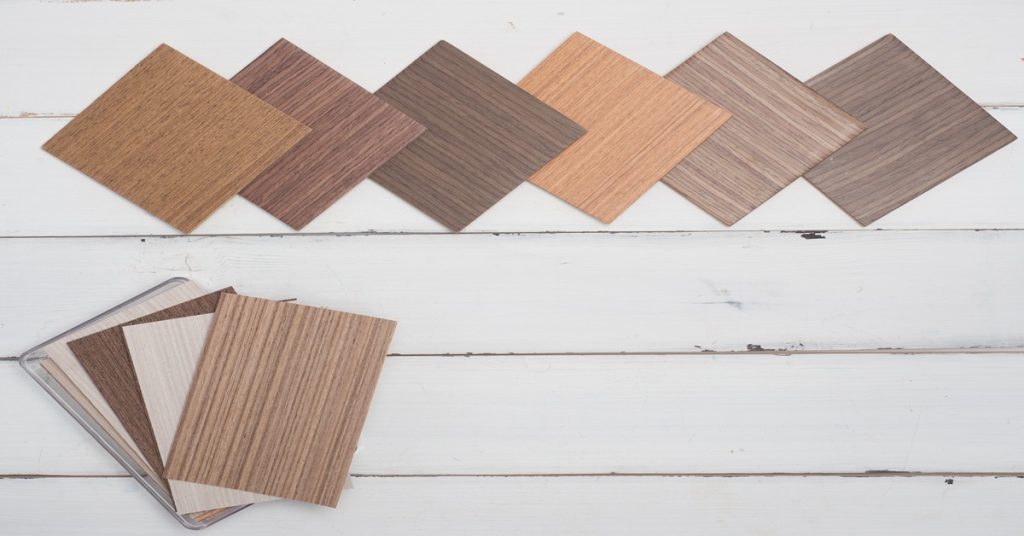
Plywood comes in different types, each designed for specific applications. Understanding these types will help you choose the right plywood for your project.
Softwood Plywood:
- Made from softwood species like pine, fir, or spruce.
- Commonly used in construction for sheathing, subflooring, and roofing.
Hardwood Plywood:
- Made from hardwood species like oak, birch, or maple.
- Used for furniture, cabinetry, and decorative paneling due to its strength and aesthetic appeal.
Marine Plywood:
- Manufactured with waterproof glue and high-quality veneers.
- Ideal for applications exposed to moisture, such as boat building, bathroom subflooring, and outdoor furniture.
Structural Plywood:
- Engineered to provide high strength and stability.
- Used in load-bearing applications like beams, columns, and structural panels.
Decorative Plywood:
- Features a high-quality veneer on the surface.
- Used for visible applications like panelling, furniture, and interior design projects.
Flexible Plywood:
- Designed to bend and curve without breaking.
- Used in applications that require curved shapes, such as architectural features and custom furniture.
Choosing the Right Plywood Size and Dimension
Selecting the appropriate plywood size and dimension for your project involves considering several factors:
1. Project Type: Identify the nature of your project. For example, are you building furniture, constructing a house, or working on a craft project? The type of project will significantly influence the plywood size and thickness you need.
2. Load-Bearing Requirements: Consider the structural demands of your project. For load-bearing applications like subflooring or roofing, thicker plywood with high structural integrity is essential.
3. Aesthetic Considerations: For visible applications like furniture and decorative paneling, choose plywood with high-quality veneers and a smooth surface. Hardwood plywood is often preferred for its aesthetic appeal.
4. Environmental Exposure: If your project will be exposed to moisture or outdoor elements, opt for marine plywood or exterior-grade plywood that can withstand these conditions.
5. Ease of Handling: Large sheets of plywood can be challenging to transport and handle, especially in confined spaces. Consider the logistics of your project site and whether smaller sheets or custom sizes would be more practical.
6. Cost and Budget: Plywood costs vary based on size, thickness, and type. Determine your budget and find the best quality plywood that fits within your financial constraints.
Practical Tips for Working with Plywood
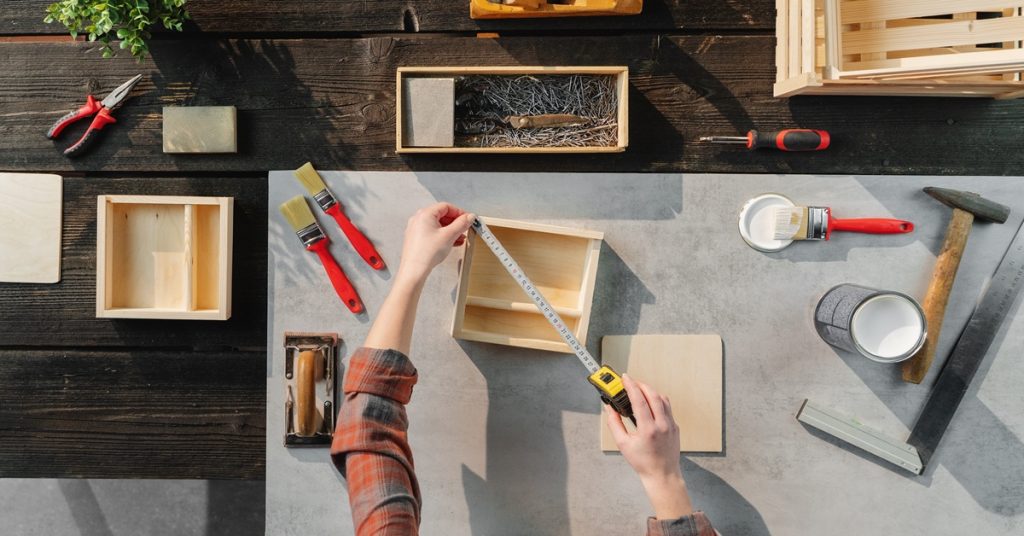
1. Plan Your Cuts: Before cutting your plywood, plan your cuts to maximise material usage and minimise waste. Use a circular saw with a fine-toothed blade for clean, precise cuts.
2. Support During Cutting: Support the plywood properly while cutting to prevent splintering and ensure a straight cut. Use sawhorses or a workbench for stability.
3. Sealing Edges: Seal the edges of the plywood with edge banding or wood sealant to protect against moisture and improve the finished look.
4. Sanding and Finishing: Sand the surface of the plywood to remove any rough spots and achieve a smooth finish. Apply paint, stain, or varnish to enhance the appearance and protect the wood.
5. Fastening: Use appropriate fasteners, like screws or nails, for attaching plywood. Pre-drill holes to prevent splitting, especially near the edges.
Craft furniture that lasts with precision. Discover plywood that ensures both beauty and durability.
Conclusion
Understanding plywood sizes and dimensions is essential for selecting the right material for your project. By considering the type of plywood, its thickness, and the specific requirements of your project, you can ensure that you choose the best fit for your needs. Whether you’re building furniture, constructing a house, or working on a craft project, the right plywood will provide the strength, durability, and aesthetic appeal necessary for a successful outcome.
By following the tips and guidelines outlined in this guide, you’ll be well-equipped to navigate the world of plywood and make informed decisions that enhance the quality and performance of your woodworking and construction projects.
With the right plywood, you can achieve professional results and create projects that stand the test of time. Choose Wigwam Ply today!
FAQs
1. What is the standard size of plywood in India?
The most common plywood sheet size in India is 8×4 feet (2440mm x 1220mm). However, other sizes like 6×3 feet, 7×4 feet, and 8×3 feet are also available depending on the project requirements.
2. Which plywood thickness is best for furniture?
For furniture like wardrobes, cabinets, and beds, 18mm (3/4 inch) plywood is usually recommended. It provides the right balance of strength and durability for daily use.
3. Can plywood be used outdoors?
Yes, but only if you choose the right type. Marine plywood or exterior-grade plywood is designed to withstand moisture, rain, and humidity, making it suitable for outdoor applications.
4. What is the difference between hardwood and softwood plywood?
Hardwood plywood is made from species like oak, birch, or teak, making it stronger and more durable. Softwood plywood, usually made from pine or fir, is lighter and generally used in construction and non-decorative purposes.
5. Does plywood need finishing?
Yes, finishing plywood with polish, laminate, veneer, or paint is important. It not only enhances the look but also protects the sheet from moisture, scratches, and wear over time.

